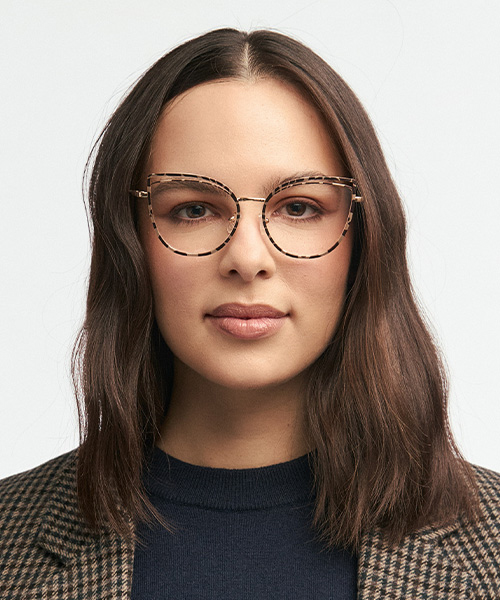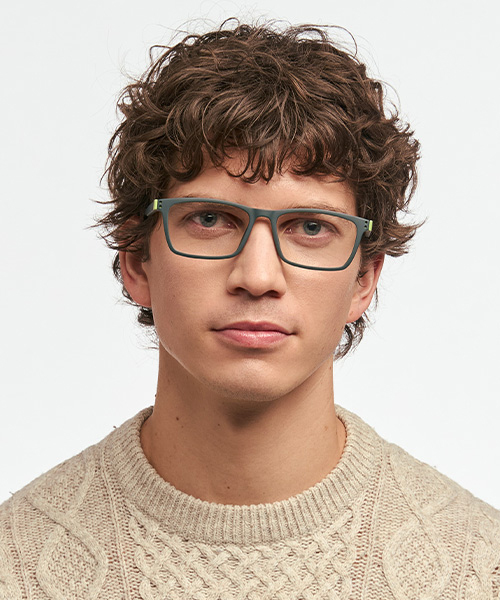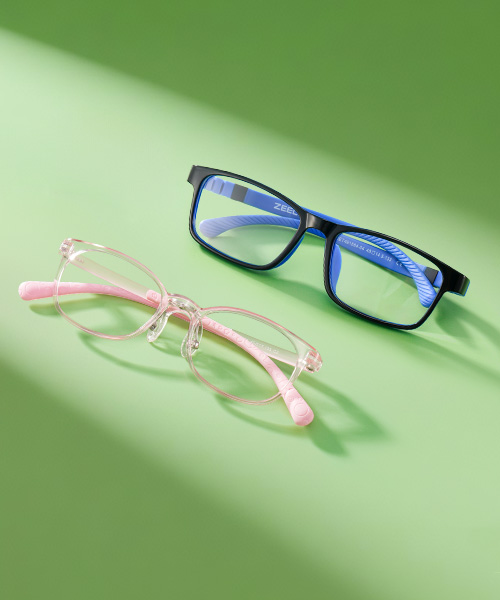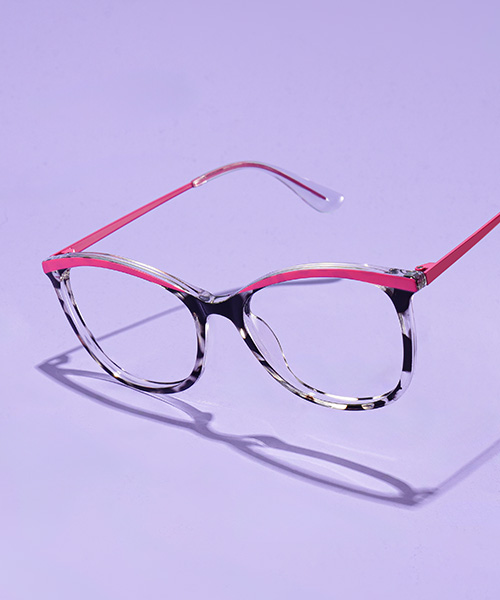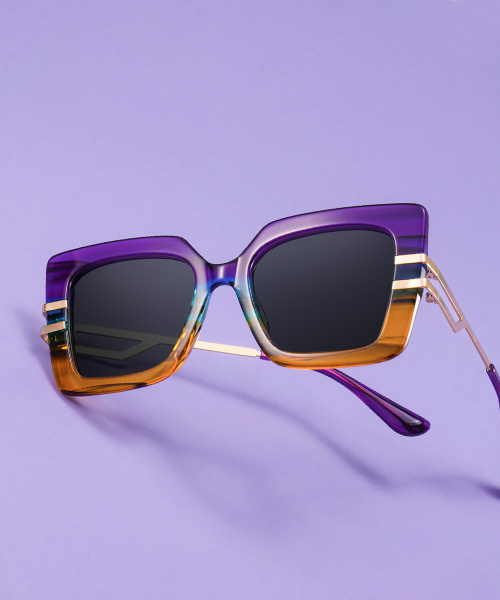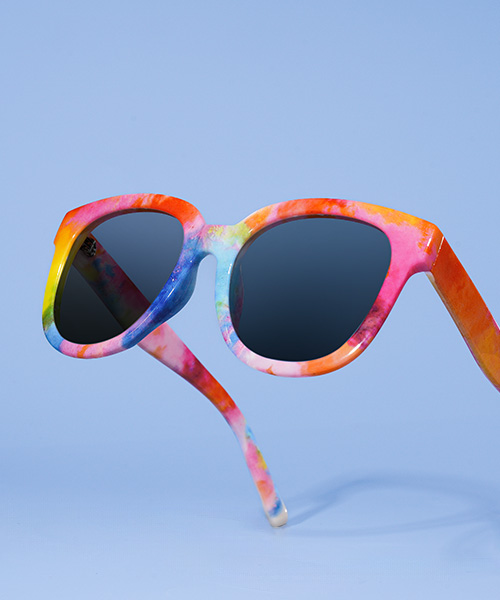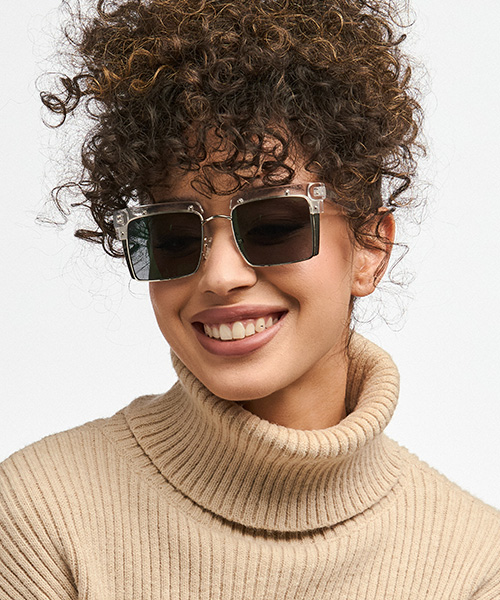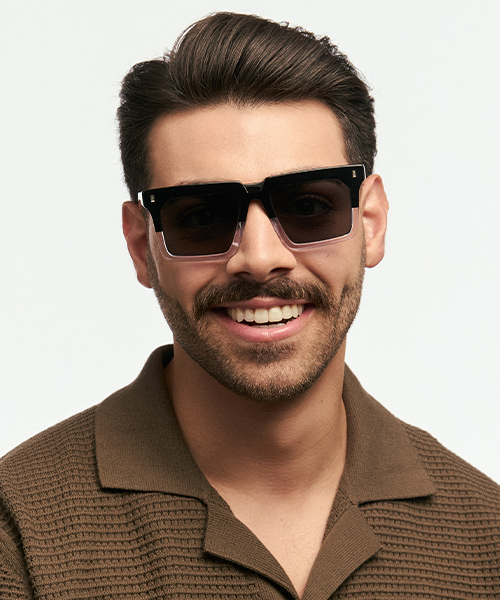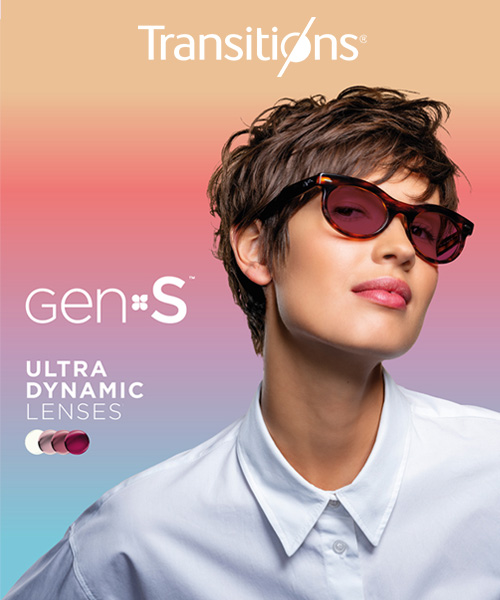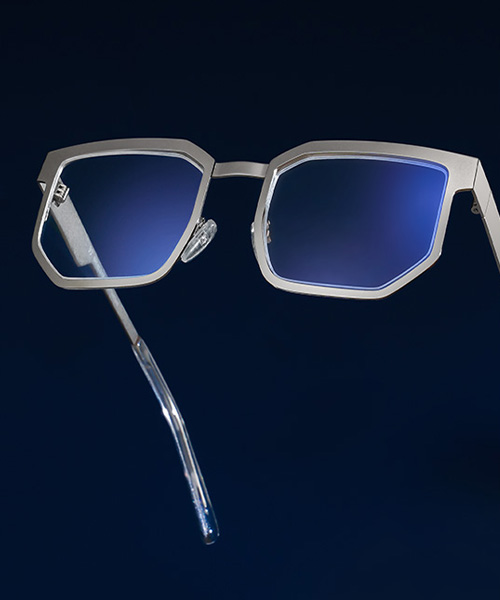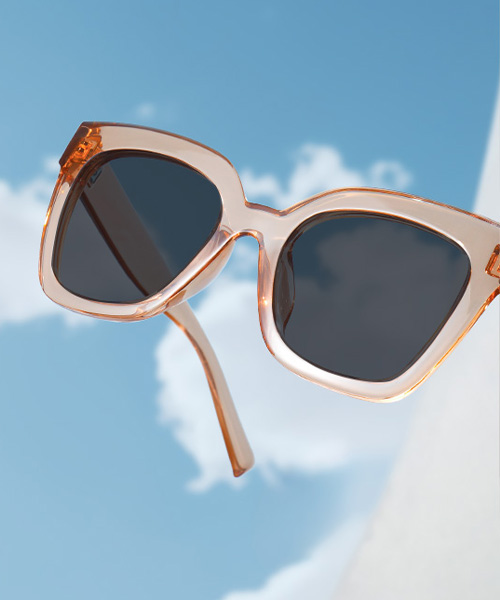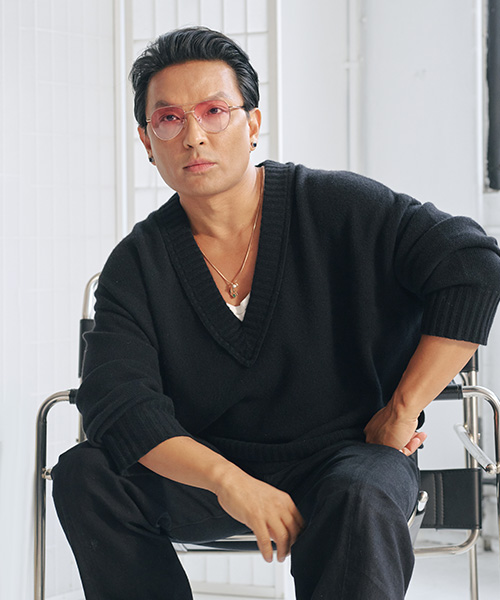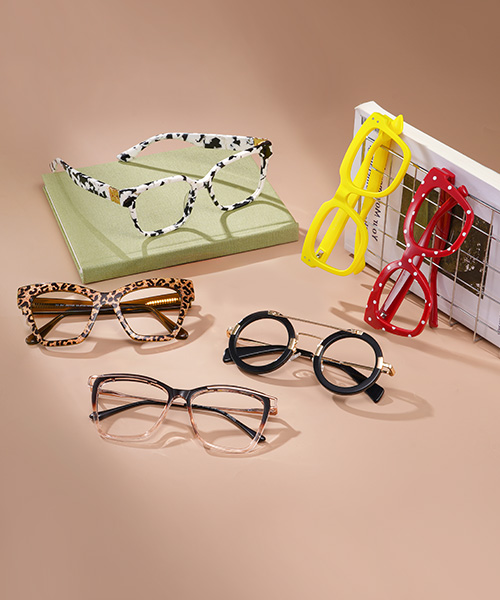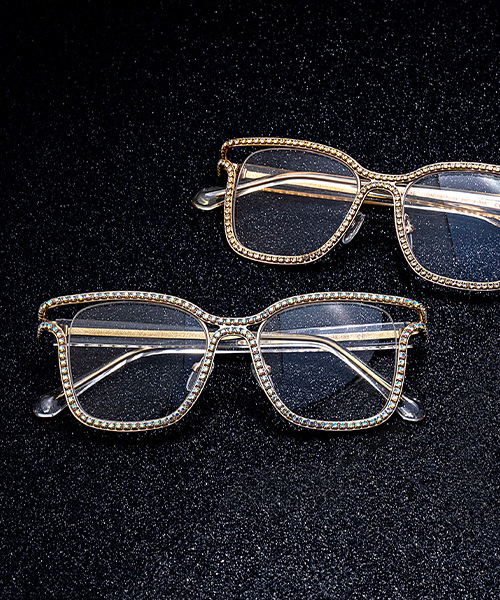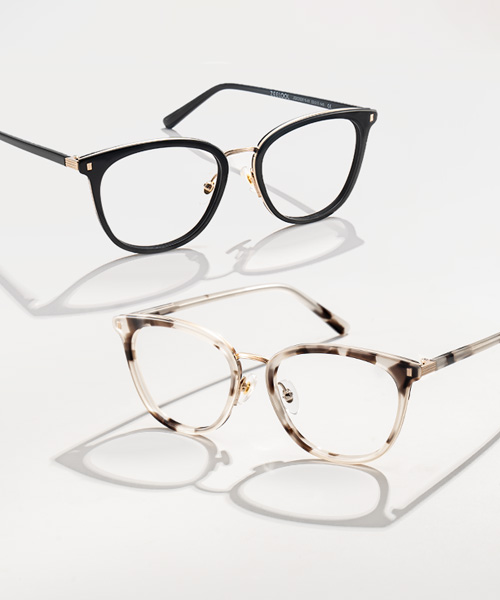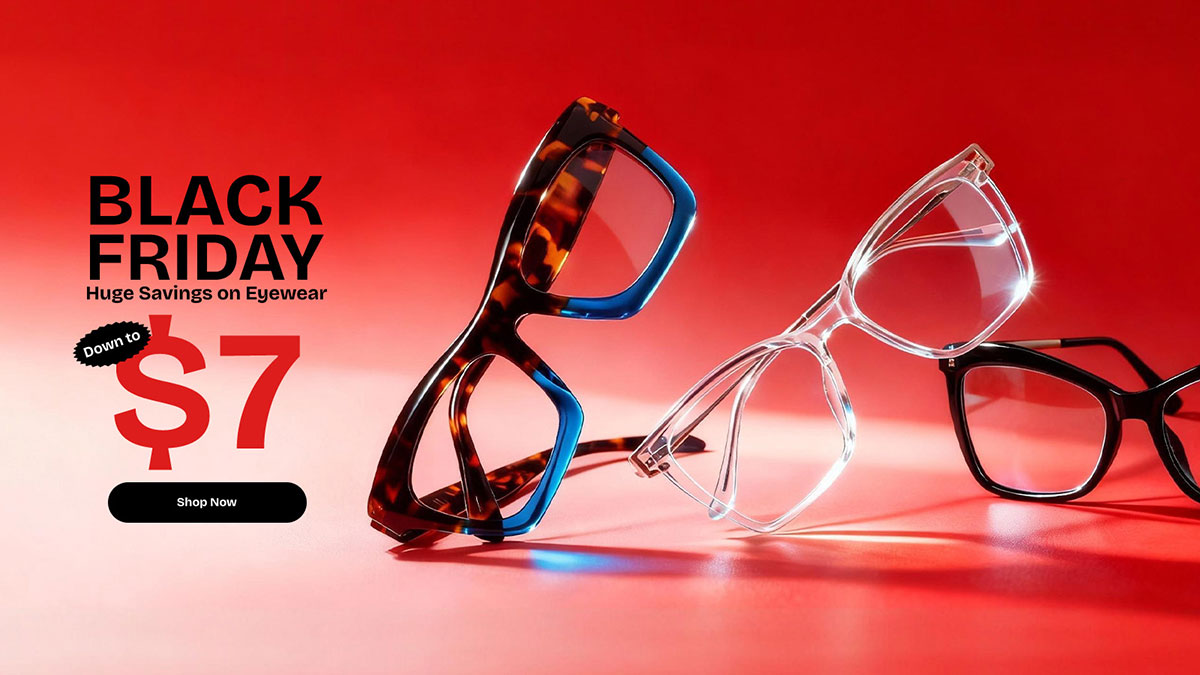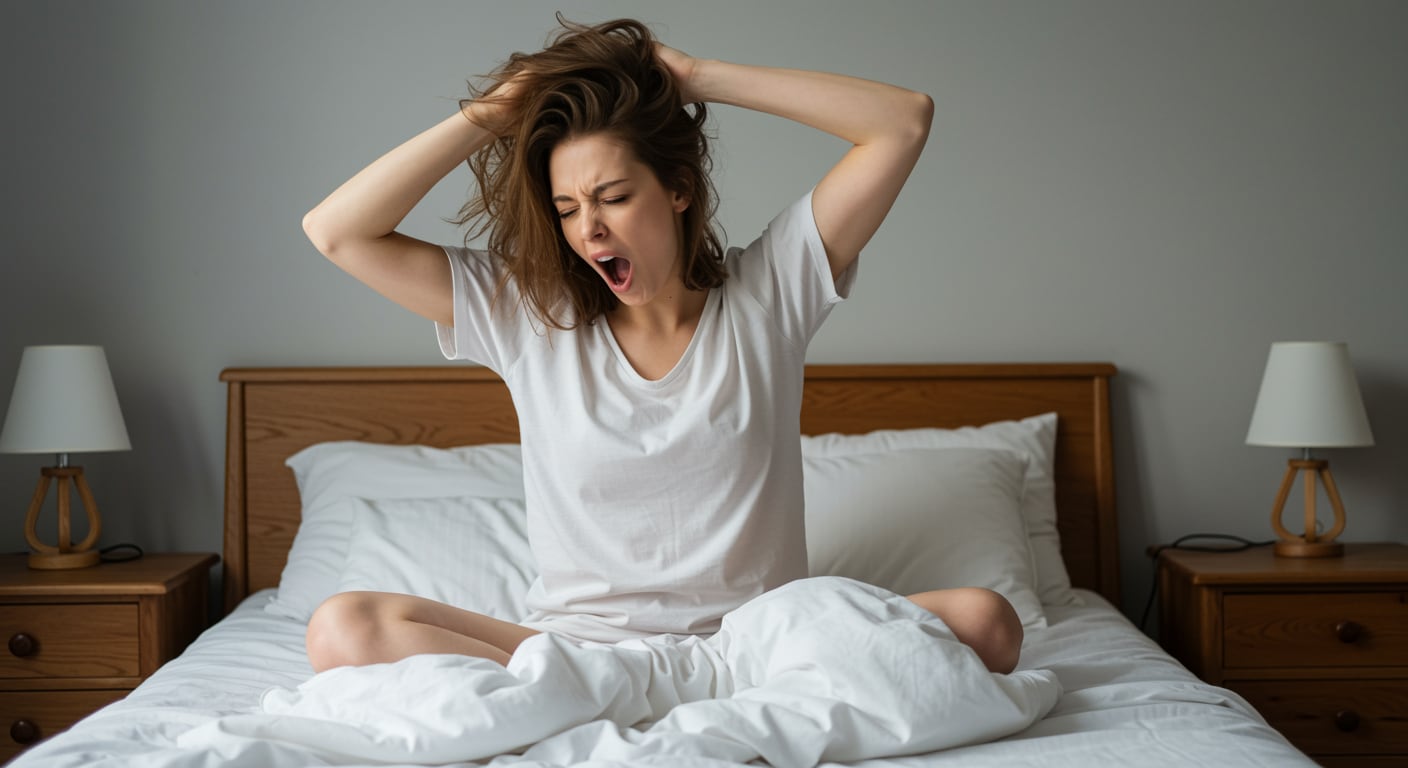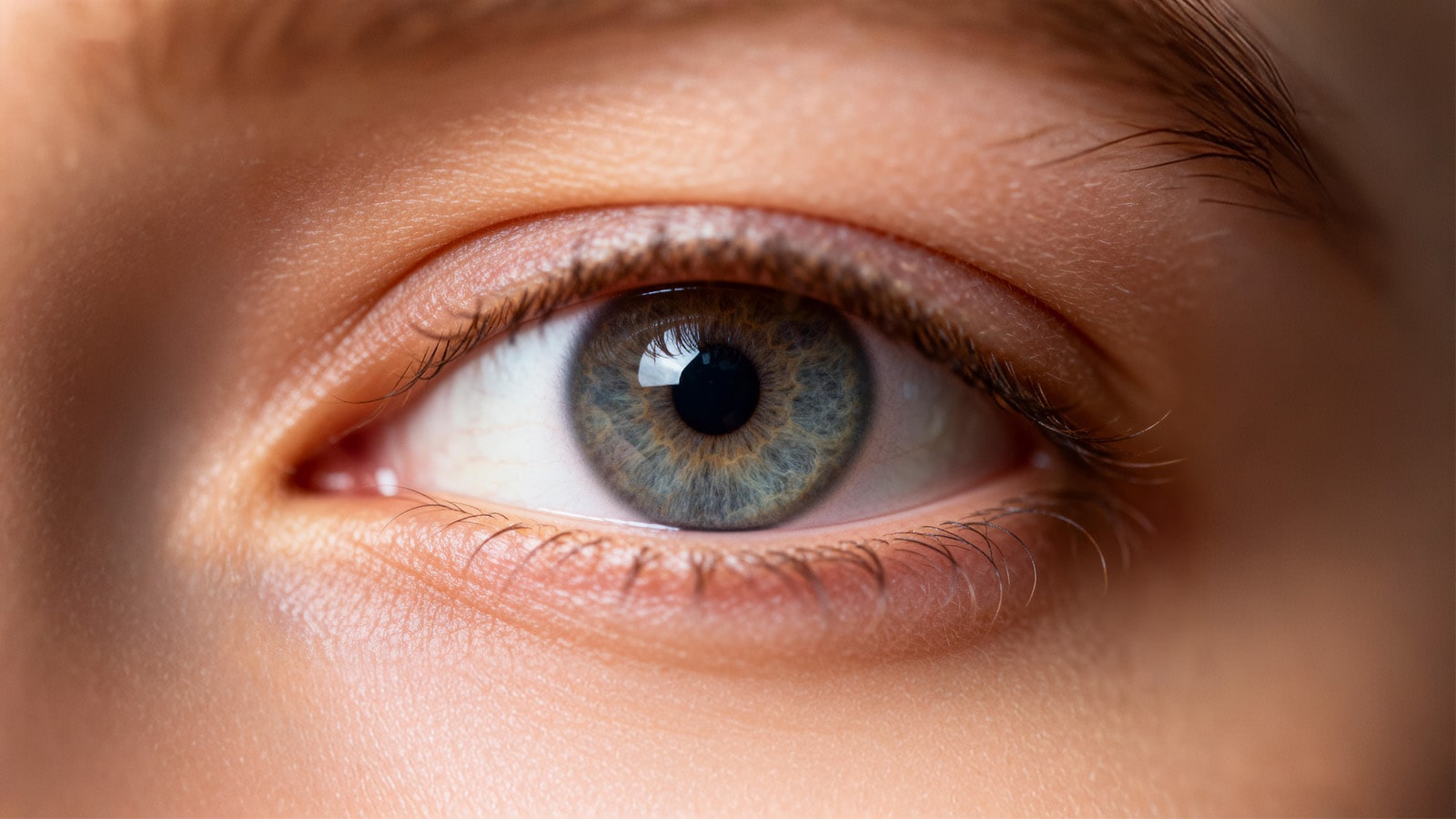Have you ever opened your weather app and seen a warning about “high UV index”? You might see the warning, stop briefly, then go outside anyway. The UV index indicates the amount of sunlight available that day in terms of how harsh the sun's rays are. Sunburn, most people would probably associate it with, but it is quite possible to do damage to your eyes as well.
That’s why this blog is here. We’ll keep it simple—no hard words—just easy tips about what the UV index means, why big numbers are bad, and how to keep your eyes safe.
What is the UV Index?
The UV index shows how strong the sun is. A low number is okay, and a high number means staying safe. That’s it, really. It was made by smart people at weather and health agencies so regular folks know when the sun might be a little too strong.

Here’s the general breakdown:
- 0 to 2: Low risk. You’re fine to be outside.
- 3 to 5: Moderate. It’s sunny but manageable. Maybe grab those shades.
- 6 to 7: High. Now you’re talking risk. Burns can happen fast, especially if your skin is light.
- 8 to 10: Very high. Shade is your friend here.
- 11+: Extreme. Strictly avoid the sun.
The UV index levels are not always similar. It can get higher for some reasons. If you live on mountain tops or equatorial circles, the numbers will be slightly higher. The sun is said to be at its average minimum of ten o'clock in the morning and goes up to a maximum of four o'clock in the afternoon. Snow and water tend to channel the bright rays from the sun.
The rays come through during the cloudy weather. They can penetrate your skin and eyeballs at that moment.
Why the UV Index Is Bad for Your Eyes
When people talk about UV damage, they usually mean sunburn. But your eyes? Yeah, they’re just as vulnerable—and maybe even more sensitive.
We deal with two types of UV rays: UVA and UVB. Both can mess with your eyes over time. We’re not just talking about a little dryness or squinting in the sun. Long-term exposure can lead to cataracts (cloudy vision), macular degeneration (serious vision loss), and even photokeratitis, which is a sunburn on your eyeball. And yes, that hurts as much as it sounds.
There’s another thing called pterygium—it’s when a little fleshy growth starts forming on the white part of your eye. Doesn’t sound pleasant, right? It can get in the way of your vision if it grows too much.
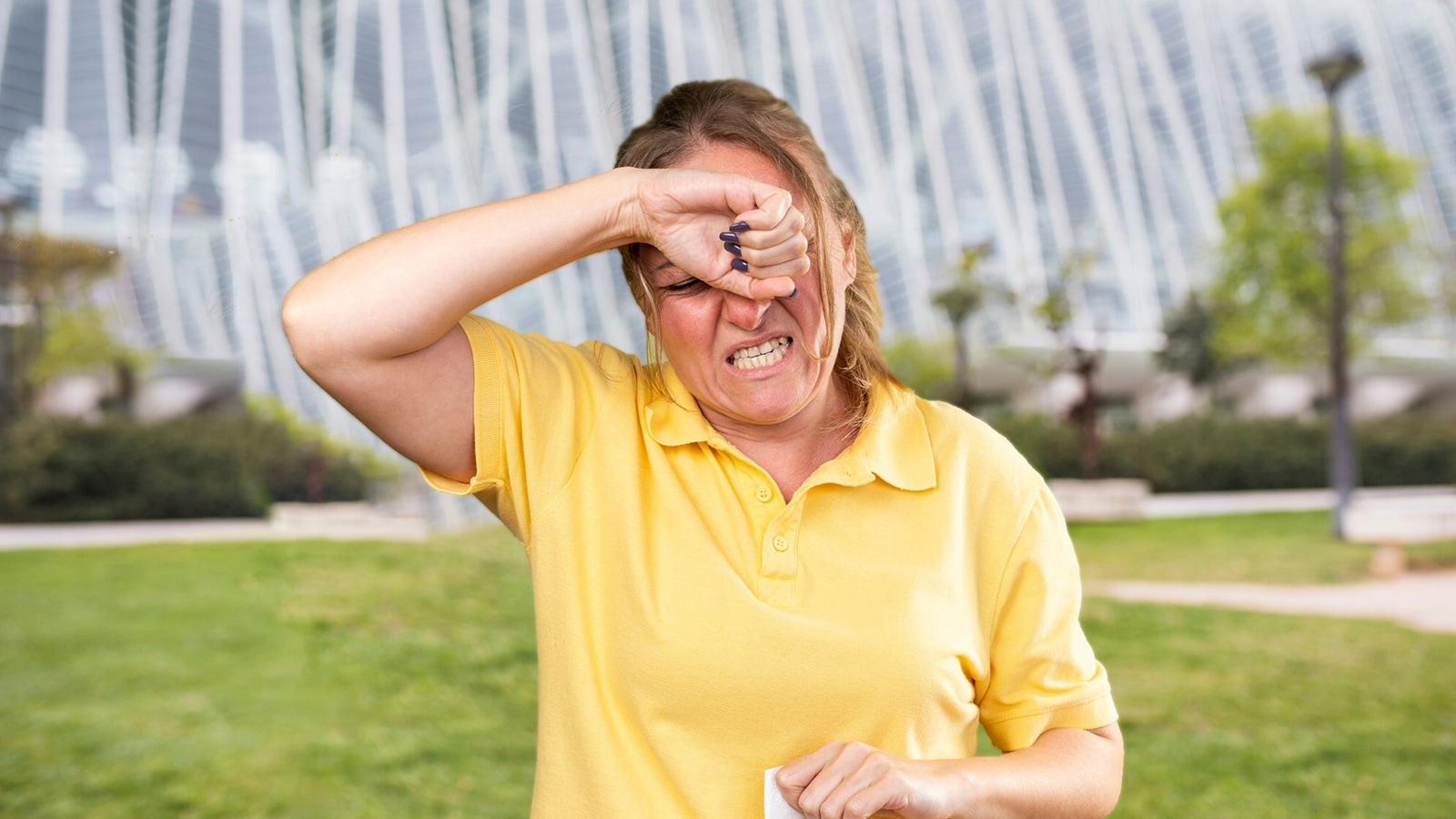
Kids are especially at risk. Their eyes also don’t block UV rays, and they usually spend more time outside. Hence, damage can gradually accumulate without awareness. Experts at the American Academy of Ophthalmology say UV damage adds up over time, even if you don’t see it right away. That’s why it’s smart to protect your eyes now.
Again, cloudy skies don’t mean safety. Around 80% of UV rays can still come through clouds, so is that an overcast day? It’s not giving your eyes a break like you think.
So, what can you do? Start with sunglasses that block UV rays. Not the fashion-only kind, but ones made to protect.
How to Protect Your Eyes During a High UV Index
Let’s talk about real solutions. When the UV index is high, your eyes need gear that works.
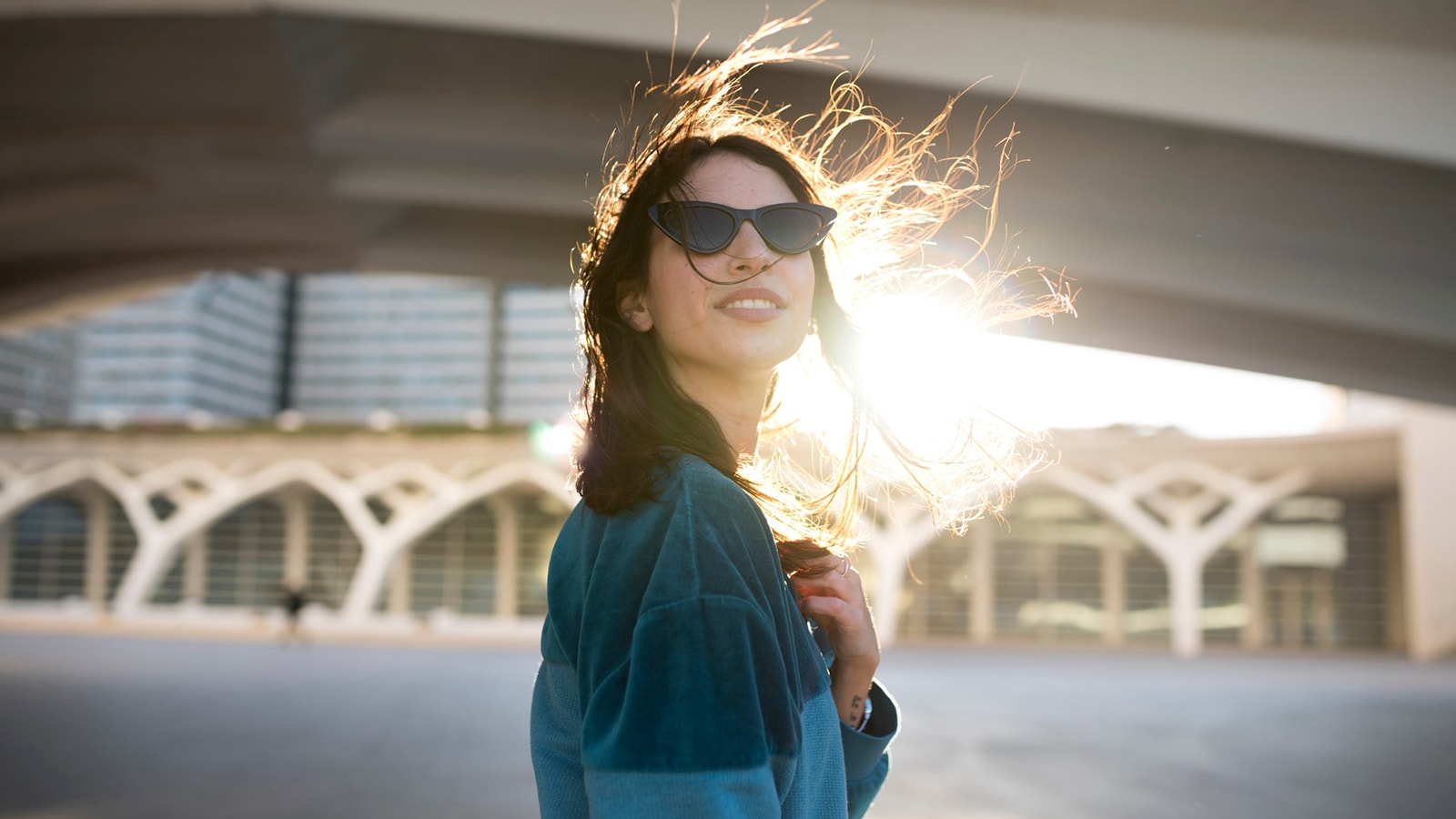
Start with sunglasses. The best ones have a “UV400” label. That means they block 100% of both UVA and UVB rays. Without that, you’re just wearing tinted plastic for no reason.
- Polarized lenses: Polarized lenses can reduce pole-cutting glare, especially off water or roads. However, cross-checking the label is necessary since not every polarized lens is capable of blocking ultraviolet rays.
- Photochromic lenses: They darken in sunlight and clear up indoors—great if you go in and out often.
Wraparound frames offer additional side protection. Regular glasses might leave small gaps where UV rays could sneak in.
Other tips? Wear a wide-brimmed hat when out in the sun. Trust me, it really helps. Try to stay in the shade between 10 a.m. and 4 p.m. when the sun is super strong. Check the UV number on your weather app before going outside.
Want to know why UV protection is important for your glasses? Take a look at our simple guide on why UV protection sunglasses and glasses are essential.
Choosing the Right Sunglasses for UV Protection
First, ignore how dark the lenses are. Dark doesn’t mean better. With the right coating, a clear lens can offer full UV protection. What matters is the “UV400” or “100% UV protection” label. No label? Keep walking.
Material is a big factor. Polycarbonate lenses block UV rays, are light and strong, and some have an extra coating to stop glare or scratches.
As for style? Go with what fits your face and offers decent coverage. Oversized or wraparound frames work well. And yes, you can also get prescription sunglasses that do the job.
Conclusion
The UV index isn’t just a number—it’s a heads-up about your eye health. When the index is high, so is the risk of serious eye damage. But a little effort goes a long way. Good quality sunglasses, some time in the shade, and looking at the forecast can make a huge difference.
Don’t wait for summer to think about this stuff. UV rays are out there year-round.
Want more tips or gear? Explore more eye health advice and check out ZEELOOL’s collection of stylish sunglasses made to protect you all year long.
